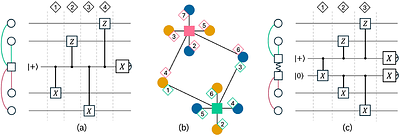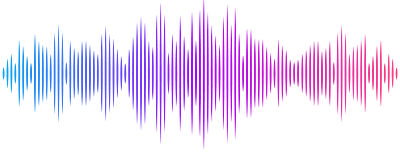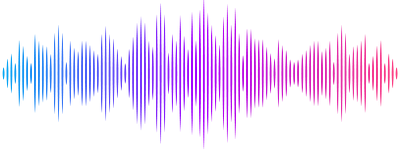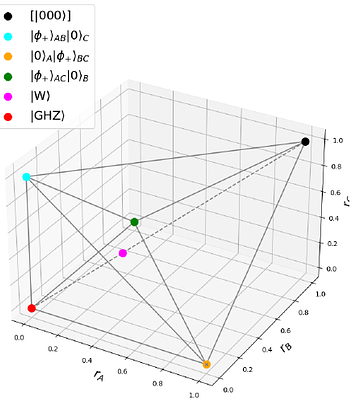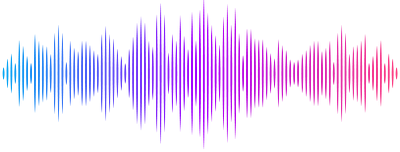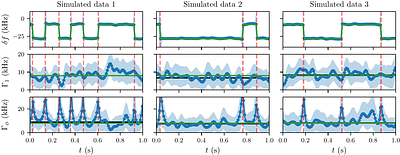Atomic, molecular and optical (AMO) approaches to quantum computing are promising due to their increased connectivity, long coherence times and apparent scalability. However, they have a significantly reduced cadence of syndrome extraction compared to superconducting devices, a potentially crippling slow-down given the substantial logical gate counts required for quantum advantage. Transversal logic, which exploits higher connectivity, has th...
moreAtomic, molecular and optical (AMO) approaches to quantum computing are promising due to their increased connectivity, long coherence times and apparent scalability. However, they have a significantly reduced cadence of syndrome extraction compared to superconducting devices, a potentially crippling slow-down given the substantial logical gate counts required for quantum advantage. Transversal logic, which exploits higher connectivity, has the potential to significantly speed up the logical clock rate by reducing the number of syndrome extraction rounds required, but current decoders for fast transversal logic are not scalable. This is not just because existing decoders are too slow to handle the large decoding volumes resulting from fast logic; transversal logic breaks the key structural properties that make real-time decoding of lattice surgery efficient. We introduce two new, windowed decoding protocols for transversal logic in the surface code that restore modularity and locality to the decoding problem. Using our protocols, we show that, with a very small space overhead, our scalable decoders unlock an order of magnitude speed-up for transversal logic compared to lattice surgery. Taken together, our results provide key evidence for the viability of large-scale algorithms on AMO qubits.
less